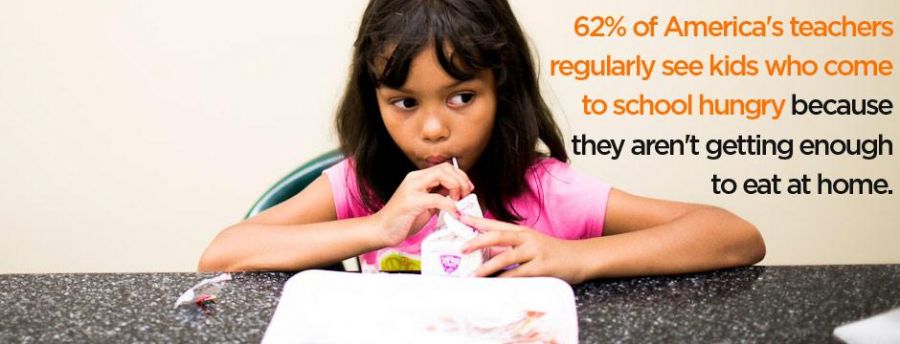Imagine a crossroads with many paths leading up to a main junction. If each path carries a sign, they might bear names such as “environmental sustainability,” “workers’ rights,” “public health,” or “social justice.” The roads would all lead to one point – a single sign post with the name “food justice” emblazoned upon it.
The food justice movement is an umbrella term for every group that works to eliminate inequities surrounding food. “The idea behind food justice is to have a system that can produce healthy food that is good for human health and is accessible to everyone regardless of class, race, gender,” said Associate Professor of Politics and Government Noha Shawki, who teaches an independent study on food justice movements. “It also must be fair to all those who work in the food system, whether they are growers or people who pick food and vegetables or food processing or food retail workers.”
The common goal may be to establish fair and sustainable food production and consumption, but the organizations that fall under the umbrella of food justice can vary greatly. “Food justice incorporates a lot of wonderful efforts,” said Assistant Professor Dawn Rae Davis of Women’s and Gender Studies, “but there are a lot of political and economic questions that follow every part of food justice. And those can be challenging.”
Davis is teaching the course Gender, Hunger and Food Politics. She developed the new class in response to seeing the documentary A Place at the Table that addresses the growing problem of hunger. “It just incensed me, the injustice of how many people are struggling around issues of food and security in the United States,” said Davis. A campus showing of A Place at the Table will be Nov. 6 at the Old Main Room of the Bone Student Center. Find out more.
The U.S Department of Education reported 31 million children were participating in federal lunch programs in 2011. “It’s incredible that in a country that we understand to be such a first-world leader on a global scale, so many of its people go hungry,” Davis said.
In her class, Davis asks students to explore poverty’s link to hunger. “Hunger follows poverty and poor neighborhoods,” she said. “The situation many cities face with poorer neighborhoods is no accident, and is connected to issues of racial, class and gender equality.”
One case study the class explores is housing in Oakland, Calif. “This is an example of a city that was heavily industrialized, and built lots of housing. Oakland’s industrialization and its housing boom also become examples of what food justice scholars call, ‘racializing projects,’” said Davis. “As time goes on, federal housing policies advantage white home-buyers and not communities of color. Industries saw ‘white labor’ as more valuable and moved industries out of the urban areas of Oakland to follow white workers migrating to suburban neighborhoods.”

Noha Shawki and students attend a food policy conference.
As industry moved out of urban neighborhoods like Oakland, jobs followed, leaving predominantly African American and other families stranded in urban areas with few jobs available. As a result, neighborhoods of color were devalued, making them unattractive to grocery stores. “People might have access to food, but it is completely without nutritional value,” said Davis. “The history of housing discrimination is part of the hunger problem. They are very real parts of the landscapes.”
Those landscapes created “food deserts” that exist today. “There are technical definitions of food deserts that are based on measurements of distance between different points in a community or neighborhood and the nearest full-service grocery store,” said Shawki. “These places cannot be just a 7-11 or liquor store.”
The burden of bringing food to the table historically falls on women, noted Davis, who ties food justice to gender issues as well. “Women and children are overrepresented among those living in poverty, yet you still have this ‘culture of kitchens,’ or the whole idea that women belong in the kitchen. This happens on a global scale. Women continue to carry the burden for social reproductive labor, the work that goes into maintaining households and the people in them. Providing food is a big part of that.”
Classes such as those taught by Davis and Shawki aim to bring attention to the food justice efforts not just in the U.S., but around the globe. Shawki believes it is students who will draw that map of the future when it comes to food justice. “The more students understand these movements, the more they can play a part in decision making on a local or global scale,” she said.

